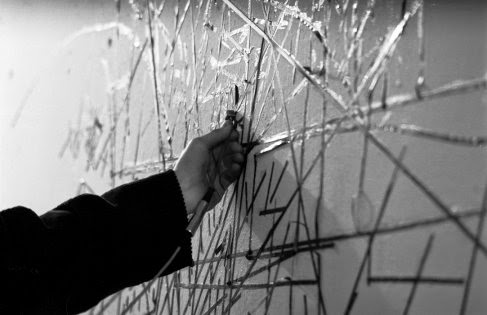Artist Talk: Rebecca Phillips "Women, Machine and Gendered Cross-Currents in photography 1850-1925"
 |
| Amelia Van Buren, Woman draped in veil, 1900 |
The art talk by Rebecca Phillips focused mainly on the role of women in photography's history. The main argument of the talk was that women's role in photography from 1850 to 1925 was a very small one but a very powerful one. Women's role in photography was mainly based on portraying the stereotypical activities of women through photography. Women were not aloud to use photography the with the same freedom as men. There were restrictions on what women were able to produce as photography. Also it was hard for women to have their photograph seen as art.
 |
| Dorothea Lange, Migrant Mother, 1936 |
The talk began with Dr. Phillips introducing the invention of photography. She introduced the Daguerreotype and the Calotype as the first forms of photograph. After introducing the basics about the invention of photography, she introduced each of the major woman photographers from 1850 to 1925. Some of the more influential woman photographers were Lady Elizabeth Eastlake, Lady Clementina Hawarden, Julia Margret Cameron, Dorothea Lange, Frances Benjamen Johnston, and Amela Van Buren.
 |
| View from the Window at Le Gras, Joseph Nicéphore Niépce, ca. 1826 |
I enjoyed going to this talk because I was able to learn a lot about the role of women in photography. I was also able to learn about the struggles that women had getting people to take them seriously and to look at their work as equal to a photograph taken by a man. This talk opened my eyes to what life was like for women and how hard it was for them to be taken serious as artist.


























.jpg)



















